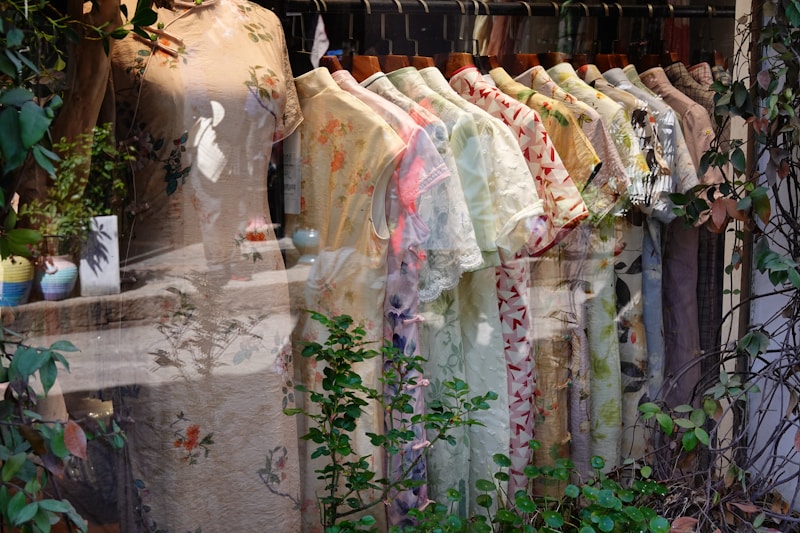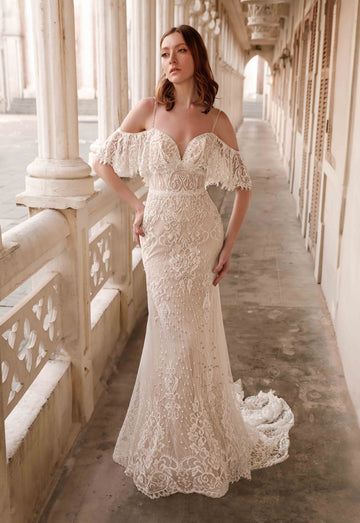Handmade Versus Mass-Produced Dresses: A Comprehensive Guide
Handmade Versus Mass-Produced Dresses: A Comprehensive Guide
In the world of fashion, the debate between handmade and mass-produced dresses has gained significant traction. Both options have their merits, yet they cater to different needs and preferences. In this article, we will explore the intricacies of handmade versus mass-produced dresses, considering factors like quality, price, environmental impact, and personal style. Whether you're a fashion enthusiast or someone looking to make informed purchasing decisions, this guide will help you understand the benefits and drawbacks of each option.
Understanding Handmade Dresses
Handmade dresses are often celebrated for their unique characteristics and craftsmanship. Each piece is typically created by a skilled artisan or designer who invests time and effort into ensuring high quality. Here’s what you need to know:
| Features of Handmade Dresses | Benefits | Considerations |
| Unique Designs | Stand out with exclusive styles | May require a higher budget |
| Quality Craftsmanship | Better durability and fit | Longer production time |
| Personal Touch | Support for local artisans | Limited availability |
Quality and Craftsmanship
Handmade dresses often showcase meticulous attention to detail, from sewing to fabric selection. Artisans typically use high-quality materials, which enhance the garment's longevity. This level of craftsmanship often results in a better fit, as many handmade dresses can be tailored to specific measurements.
Environmental Impact
Choosing handmade clothes can significantly reduce your carbon footprint. Many artisans prioritize sustainable practices, such as using organic fabrics and minimizing waste during production. By supporting handmade fashion, consumers contribute to eco-friendly initiatives and often support local economies.
The Allure of Mass-Produced Dresses
On the other end of the spectrum, mass-produced dresses are designed to meet high consumer demand quickly and affordably. Here's a breakdown of their attributes:
| Features of Mass-Produced Dresses | Benefits | Considerations |
| Standardized Sizing | Widespread availability | Lower quality materials |
| Affordable Prices | Budget-friendly | Less uniqueness |
| Quick Turnaround | Fast fashion accessibility | Environmental concerns |
Affordability and Availability
Mass-produced dresses are typically more budget-friendly than their handmade counterparts, making them accessible to a wider audience. Retailers can produce these dresses at lower costs due to economies of scale, meaning consumers can often find stylish options without breaking the bank.
Fast Fashion and Its Impact
While mass-produced garments may seem like an attractive option, they often contribute to the fast fashion cycle, which has negative implications for the environment. This cycle involves rapid production and consumption, leading to increased waste. Shoppers seeking sustainable options might want to consider the long-term impact of choosing mass-produced dresses.
Comparing the Two: Which One is Right for You?
When considering whether to purchase a handmade or mass-produced dress, it's essential to evaluate your personal style, budget, and values. Here are a few questions to ask yourself:
- What is my budget for this dress?
- How often will I wear this dress?
- Do I prioritize sustainability in my fashion choices?
- Am I looking for something unique that reflects my personal style?
Each of these questions can help guide you toward the right choice for your wardrobe. 
Conclusion: Making an Informed Choice
In conclusion, both handmade and mass-produced dresses have unique advantages and disadvantages. Handmade dresses offer quality, uniqueness, and sustainability, while mass-produced options provide affordability and accessibility. Ultimately, your choice should align with your personal preferences, budget, and philosophy regarding fashion and sustainability.
Final Tips and Recommendations
Before making your decision, consider the following tips:
- Invest in high-quality handmade pieces that will last longer, especially for occasion wear.
- Support local artisans by purchasing handmade dresses from small businesses or local markets.
- If you opt for mass-produced dresses, seek out brands with sustainable practices.
- Regularly check online marketplaces for handmade clothing, as they often have unique options not found in stores.
By understanding the differences between handmade and mass-produced dresses, consumers can make informed choices that reflect their values and personal style. Whether you prefer the individuality of handcrafted fashion or the accessibility of mass production, the key is to find what works best for you.
